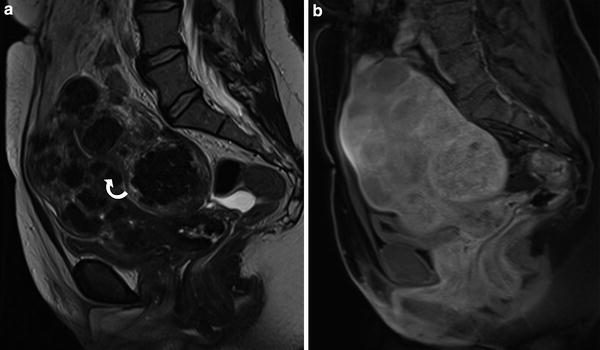Understanding Fibroid Sloughing: Causes, Symptoms, and Management

Introduction: Fibroids, benign tumors that develop in the uterus, are a common gynecological condition affecting millions of women worldwide. While many fibroids are asymptomatic, some women may experience symptoms such as pelvic pain, heavy menstrual bleeding, and reproductive issues. Fibroid sloughing is a phenomenon where fibroid tissue sheds from the uterine lining, leading to various symptoms and potential complications. In this blog post, we’ll delve into the causes, symptoms, and management of fibroid sloughing, offering insights into this aspect of fibroid-related health.
What is Fibroid Sloughing? Fibroid sloughing, also known as fibroid degeneration or necrobiosis, occurs when a fibroid undergoes tissue breakdown and begins to disintegrate within the uterus. This process can result in the expulsion of fibroid fragments, which may cause symptoms such as pelvic pain, vaginal discharge, and bleeding. Fibroid sloughing typically occurs in response to changes in blood supply or hormonal fluctuations, although the exact mechanisms underlying this phenomenon may vary.
Causes of Fibroid Sloughing: Several factors can contribute to fibroid sloughing, including:
- Hormonal Changes: Fluctuations in estrogen and progesterone levels, such as those occurring during pregnancy, menopause, or hormonal therapy, can affect fibroid growth and stability, potentially triggering sloughing.
- Rapid Growth: Fibroids that experience rapid growth may outgrow their blood supply, leading to ischemia (lack of blood flow) and subsequent tissue degeneration.
- Uterine Contractions: Increased uterine contractions, which can occur during menstruation or labor, may contribute to the shedding of fibroid tissue.
- Uterine Artery Embolization (UAE) or Other Interventions: Certain treatments for fibroids, such as UAE or focused ultrasound therapy, may cause fibroid tissue to undergo necrosis (cell death) and subsequent sloughing.
Symptoms of Fibroid Sloughing: Fibroid sloughing can manifest with various symptoms, including:
- Pelvic Pain: Women may experience dull, cramping pelvic pain that can range from mild to severe.
- Vaginal Discharge: The expulsion of fibroid tissue may result in vaginal discharge, which can vary in color and consistency.
- Heavy Bleeding: Fibroid sloughing may cause episodes of heavy menstrual bleeding or irregular bleeding patterns.
- Passing Tissue: Some women may notice the passage of fibroid fragments or clots during menstruation or at other times.
Management of Fibroid Sloughing
The management of fibroid sloughing depends on the severity of symptoms and the individual’s overall health.
Treatment options may include:
- Pain Management: Over-the-counter pain relievers such as ibuprofen or acetaminophen can help alleviate pelvic discomfort associated with fibroid sloughing.
- Hormonal Therapy: In some cases, hormonal medications like oral contraceptives or gonadotropin-releasing hormone (GnRH) agonists may be prescribed to regulate hormone levels and control symptoms.
- Observation: Mild cases of fibroid sloughing may resolve on their own without intervention. However, it’s essential to monitor symptoms closely and seek medical attention if they persist or worsen.
- Surgical Intervention: In severe cases or if complications arise, surgical removal of the fibroid or hysterectomy (removal of the uterus) may be necessary to alleviate symptoms and prevent recurrence.
Conclusion
Fibroid sloughing is a complex phenomenon that can cause discomfort and distress for women with fibroids. Understanding the causes, symptoms, and management options for fibroid sloughing is essential for empowering individuals to make informed decisions about their health and well-being. By seeking timely medical evaluation and exploring appropriate treatment options, women can effectively manage fibroid-related symptoms and improve their quality of life. If you suspect you may be experiencing fibroid sloughing or are concerned about your fibroid symptoms, don’t hesitate to consult with a healthcare provider for guidance and support.




